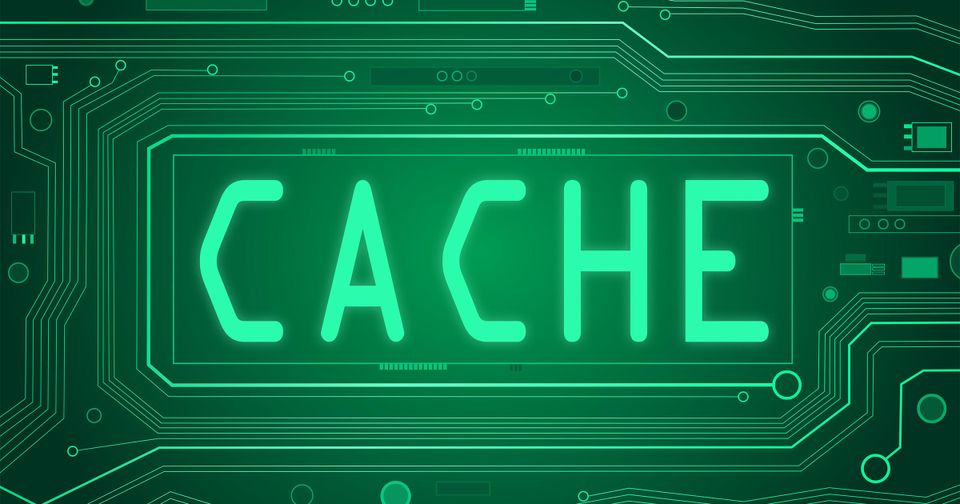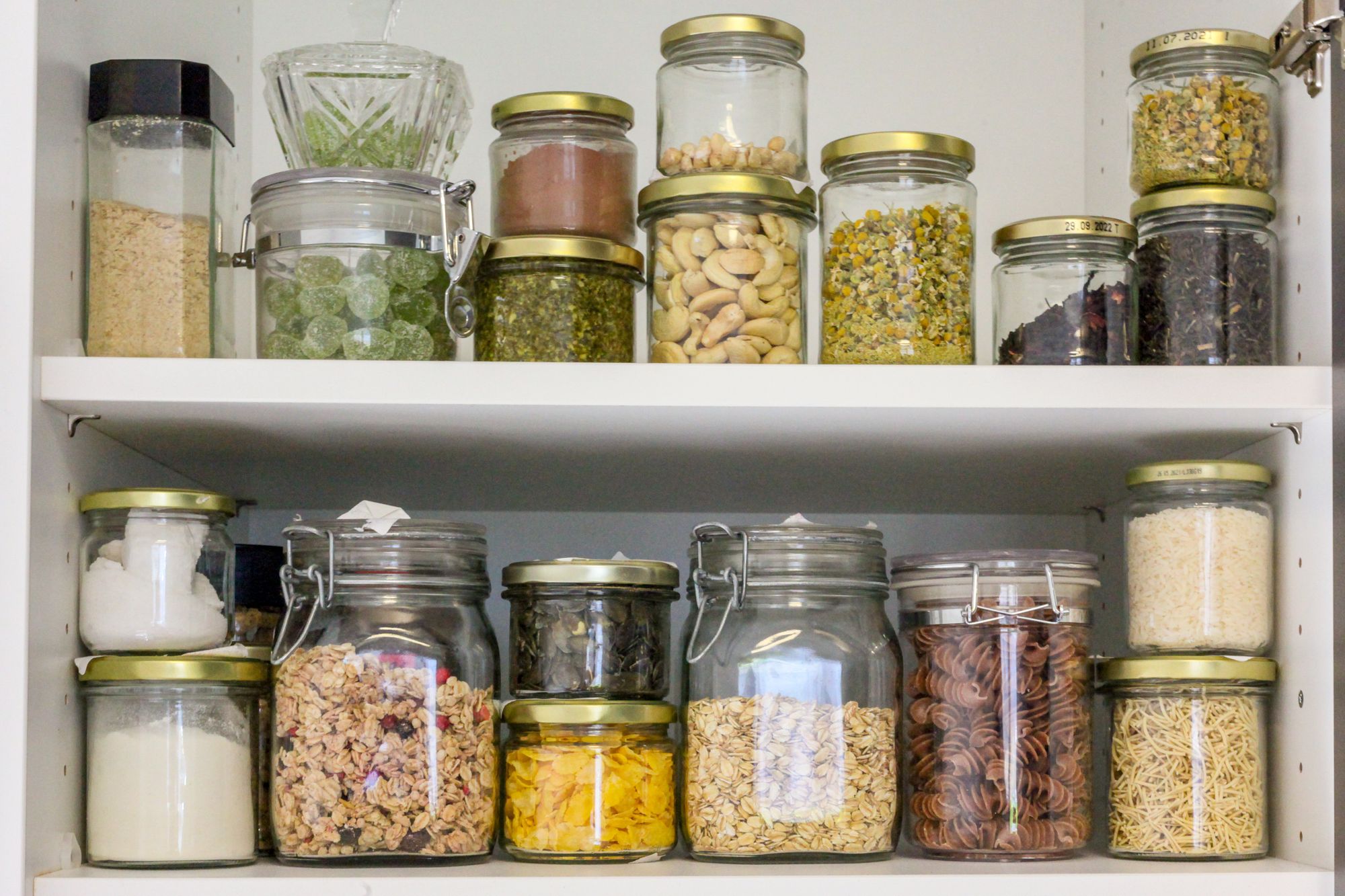Caching

If we want to go by the definition, here it goes:
“In computing, a cache is a hardware or software component that stores data so that future requests for that data can be served faster; the data stored in a cache might be the result of an earlier computation or a copy of data stored elsewhere.”
In this post, I will try to explain it in a different way:
Let’s take an example of a pantry. You want to make a cake, you want it to look good, taste good and you want to do it no matter what. So, you got the recipe and started looking for ingredients, your pantry is full, you just got off from a local supermarket and you got everything you need which is good and you move onto the next step in the process.

That’s it, that’s it right there, that’s the core concept, everything on top of it is explaining the process of getting the data in and out of it.
For efficient, easy and near-instant data retrieval. Cache memory which uses S-RAM (static RAM) which is 10-100 times faster than the normal memory which uses D-RAM (dynamic RAM)
Levels of Cache:
L1 Cache: which is small and embedded in the CPU.
L2 Cache: can be on a different chip and connected with a high speed alternative system bus.
L3 Cache: significantly slower than L1 and L2 but twice faster than D-RAM